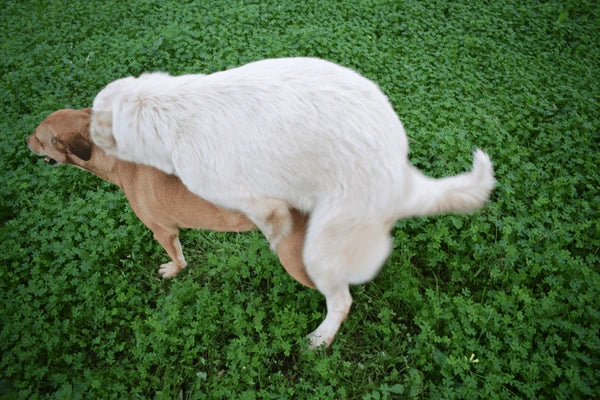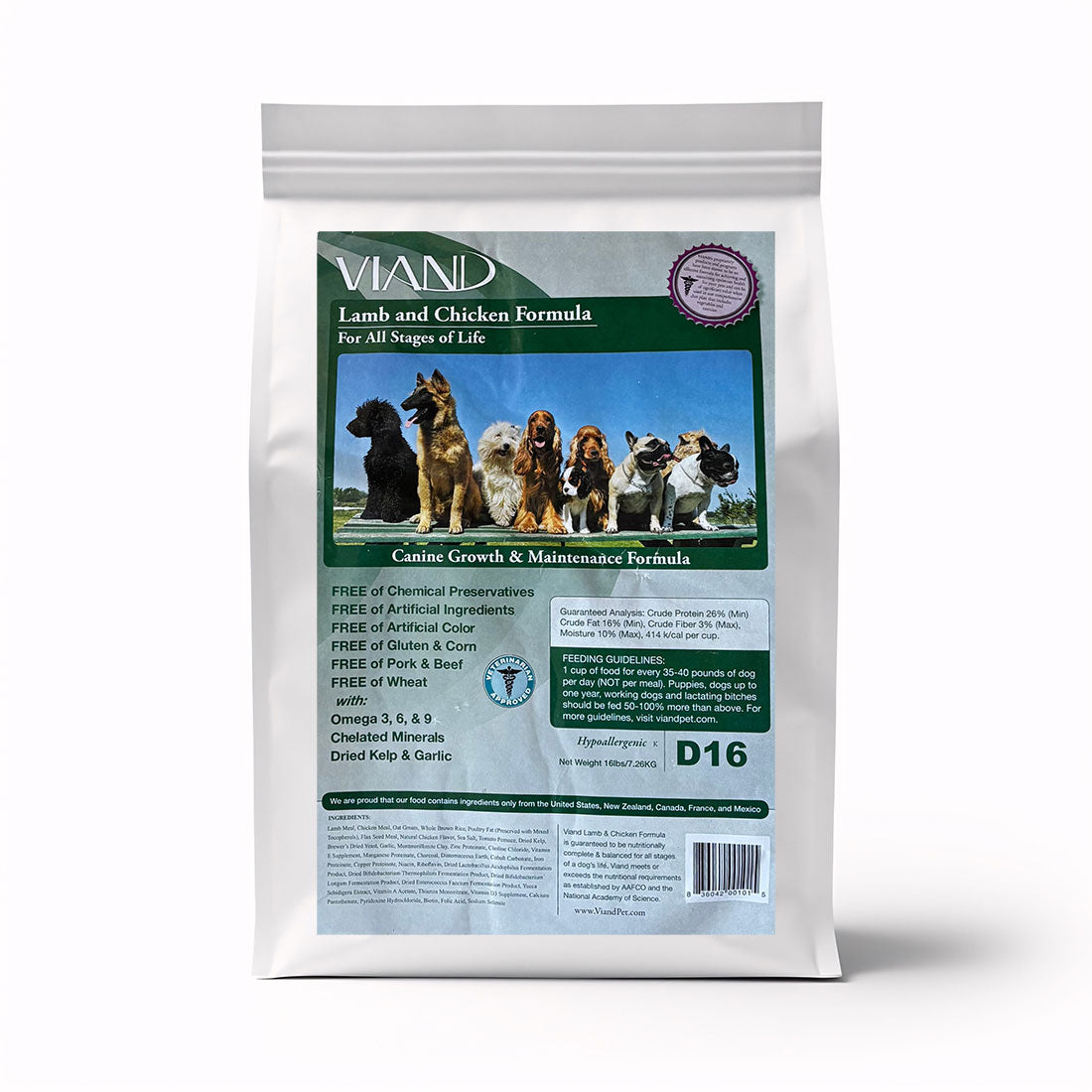

· By Scott Pollak
Why Do Dogs Hump (and How to Help Them Stop)?
If you’ve ever had your dog latch onto your leg, another pup, or even a favorite pillow, you know how awkward (and sometimes embarrassing) humping can be. But here’s something many pet parents don’t realize:

👉 Dog humping usually isn’t about sex.
Instead, it’s often triggered by stress, anxiety, excitement, or attention-seeking—and yes, both male and female dogs do it. While sometimes harmless (like when a pup has a favorite stuffed toy), other times it can be disruptive, embarrassing, or even cause tension between dogs.
So, let’s dig into the reasons behind this behavior, when you should step in, and how to help your dog stop humping in a healthy, stress-free way.
Why Do Dogs Hump?
1. Stress & Anxiety
For many dogs, humping is a way of releasing built-up stress. If your pup is left out of playtime, startled by a loud noise, or put in a high-energy environment like a dog park, humping can be their way of coping.
2. Overexcitement
Some dogs simply can’t contain their joy. Think of it as the canine equivalent of jumping up and down when you’re really excited. A dog might hump when greeting a favorite visitor, seeing another pup, or even when they’re just having a blast playing.
3. Medical Reasons
Not all humping is behavioral. Health conditions like urinary tract infections, allergies, or irritation can sometimes cause humping or “air humping” as dogs try to relieve discomfort. This is why a vet check is always the first step if the behavior seems unusual or excessive.
4. Attention-Seeking
Dogs are smart. They quickly learn that certain behaviors get them noticed—and humping is no exception. Even scolding or laughing can reinforce the behavior, since for many pups, any attention is better than none.
When Is Humping a Problem?
While some forms of humping (like with toys) are harmless, there are times when the behavior should be addressed:
-
If it targets people — especially guests, which can be embarrassing and uncomfortable.
-
If it causes dog-on-dog tension — some dogs don’t tolerate being mounted, and fights can break out.
-
If it’s obsessive — when humping becomes constant, it may signal stress, anxiety, or a medical issue.
How to Stop Dog Humping
Here are some tried-and-true ways to manage and reduce humping behavior:
1. Rule Out Medical Issues
Schedule a vet visit to check for urinary infections, skin irritations, or other health concerns that might be driving the behavior.
2. Manage Stress
Because humping is often stress-related, focus on reducing triggers. Make sure your dog has a calm environment, plenty of exercise, and enough mental stimulation through training or puzzle toys.
3. Redirect the Behavior
Teach your dog alternative behaviors such as “sit,” “down,” or “go to your place.” Dogs can’t hump and follow a command at the same time. Reward them for making the better choice.
4. Use Time-Outs
If your dog starts mounting, calmly remove them from the situation for a short period. This helps them learn that humping = end of fun.
5. Stay Positive
Never punish or yell. Negative attention increases stress and can make the problem worse. Focus on calm, consistent redirection instead.
6. Consider Neutering
While not a cure-all, neutering can significantly reduce hormone-driven mounting behaviors in many dogs, especially if done before the habit becomes ingrained.
The Connection Between Nutrition & Behavior
Just like people, a dog’s behavior is often linked to their overall well-being. When dogs experience nutritional imbalances, food sensitivities, or digestive discomfort, it can contribute to stress and anxiety—both of which may show up in unwanted behaviors like humping.
Feeding your pup a diet with real, wholesome ingredients supports not only their physical health but also their mental balance. A well-nourished dog is generally calmer, more resilient to stress, and better able to focus during training.
Final Thoughts
Humping might make us laugh, cringe, or blush—but for dogs, it’s just another way of coping with their world. The good news? With the right approach—patience, positive training, and proper care—you can help your pup kick the habit and feel more balanced.
Remember:
🐾 Start with a vet check.
🐾 Focus on reducing stress.
🐾 Reinforce positive behaviors instead of punishing.
And above all—stay patient. With consistency, your pup will learn better ways to express themselves (that don’t involve mounting your guests!).


